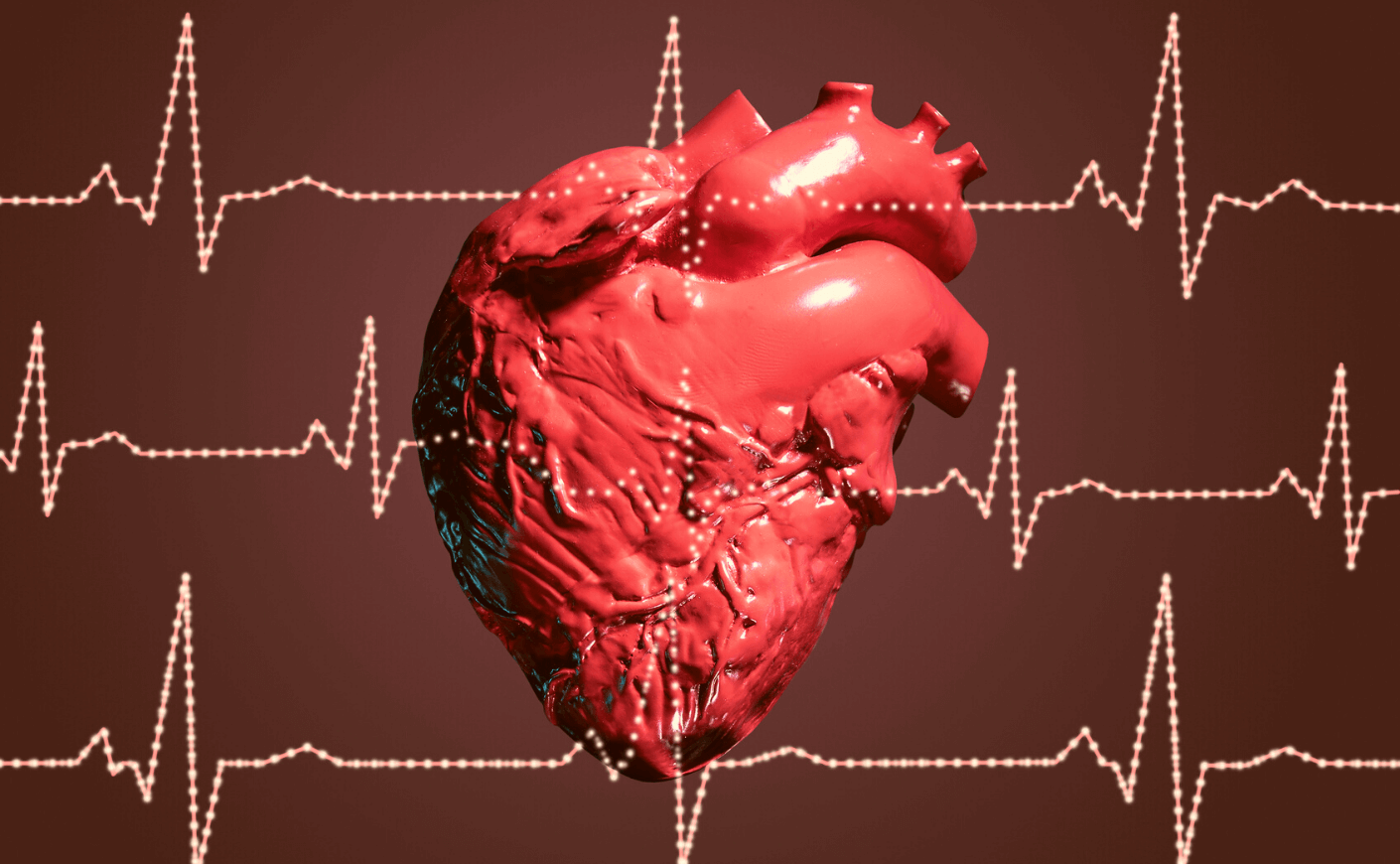No one likes to get a blood test (or at least, very few of us), but having your cholesterol checked is a standard part of an annual physical, and with good reason: It's one of the most important markers when it comes to evaluating your overall health. Still, it can be confusing to understand the role cholesterol plays in the body and how the various types of cholesterol impact your body's functioning.
Katie checked in with the beloved Dr. O, aka J. Nwando Olayiwola, MD, MPH, FAAFP, the Chief Health Equity Officer for Humana Inc. Here, she explains how cholesterol plays into heart disease, how much exercise you really need to help you prevent heart disease, and the health crisis that's affecting Black women especially.
Please tell us about the role of cholesterol in heart disease. How often should you get it checked? And what should your numbers be, ideally?
Cholesterol is an interesting one because it's a substance that’s not inherently bad. If you look at cholesterol scientifically, you’ll see different types: the HDL — high-density lipoprotein — “good” cholesterol, the “bad” LDL cholesterol, and the fatty triglycerides. Cholesterol is important for our bodies: we need it for cellular development, we need it for vitamins, and we need it for other hormones. But too much cholesterol starts to clog the arteries that take blood throughout the body, and the arteries that directly feed the heart.
Cholesterol numbers are complicated, but if you get a blood test and review your lab report, it will show you the ranges that are normal, and staying within those ranges is a really important strategy for protecting your heart health.
Some people take medication to lower their cholesterol, but there are other things that you can do as well, like diet and exercise, right?
The good thing about cholesterol is there's often a lot you can do. Some genetic challenges make it difficult to control cholesterol and might require medication, but for most people who have higher cholesterol, there are lots of things you can do. The first is establishing a healthy diet, like getting more of those fresh foods we talked about, and limiting fast food. Regular exercise, reducing tobacco consumption, and any habits that can get you out of a sedentary lifestyle are really good for your cholesterol levels. Those are things I’d recommend first, before starting on medication.
How much exercise do we need to make sure we’re keeping our hearts healthy?
Exercise is very, very important and getting at least two and a half hours of moderate exercise in a week is a good start. People are sometimes surprised at some of the things that count as exercise; if you're in the Midwest, snow-shoveling is actually pretty good for your heart. Otherwise, there’s moderate-intensity walking, biking, swimming, or even gardening. And there are different ways to build an exercise into your life, like taking the stairs instead of the elevator, if you're physically able to do so, or parking a little further from the entrance of the bank or a post office.
Let's talk about women of color. Are there particular risks that they face when it comes to heart disease?
Women of color in particular have higher rates of heart disease and tend to have more sudden onset of heart disease at younger ages. Preeclampsia, for example, is one of these conditions that occurs during pregnancy, and can lead to later-in-life cardiovascular symptoms that persist. Black women are the most likely group of women to have preeclampsia — significantly higher than any other group. Preeclampsia is this constellation of symptoms that happens in pregnancy which includes high blood pressure, blurred vision, low platelets, liver problems, and sometimes even seizures. If it happens before you’re to term with a baby, then they might have a premature birth. And even though the condition may resolve when you deliver the baby, it still puts women at high risk for cardiovascular disease later in life.
Also, higher levels of toxic stress have been associated with people who are ethnic minorities, but also in lower socioeconomic neighborhoods and zip codes, areas with higher crime, or lower education or low economic mobility. Those things lead to increases in lifelong levels of cortisol, and higher levels of cortisol are associated with higher blood pressure, which puts you at more risk of heart disease. But Black women are the least likely to know that they're at risk for heart disease. That's why education and outreach are so important









